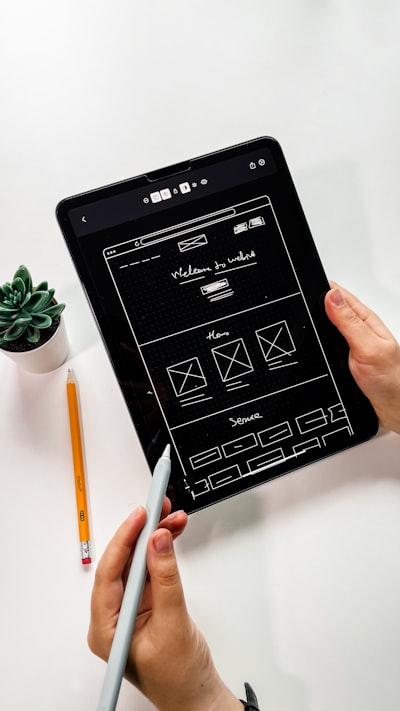Understanding the Difference Between UI and UX
Discover the key differences between UI and UX to understand how they contribute to an application's functionality and user experience in our newest blog post.

Introduction
When it comes to the digital world, two terms that often create confusion are UI and UX. These common abbreviations stand for User Interface and User Experience, respectively. Let's dive deeper into what these terms mean and how they differ from each other.
Understanding UI (User Interface)
UI, or User Interface, refers to the aesthetic elements of a product that users interact with. In simpler terms, it's everything you see on your screen when you're using a website, app, or software. This includes buttons, text input fields, images, sliders, and all other elements that users can click, scroll, or interact with in some way.
UI design is all about creating an attractive and visually appealing interface that is easy to use and navigate. It focuses on the look and feel, the presentation, and the interactivity of a product. UI designers are tasked with choosing color schemes, button shapes, font styles, and more.
Understanding UX (User Experience)
On the other hand, UX, or User Experience, is about how a user feels when using a product. UX design aims to provide a positive experience for the user by making a product easy, efficient, and enjoyable to use. It involves researching the user's needs, creating user personas, mapping user journeys, and testing designs for usability and accessibility.
Unlike UI, UX is not just about the visual elements. It's about the overall experience a user has from the moment they start using a product to the moment they stop. UX designers are primarily concerned with how the product feels, and their goal is to solve problems for the user and make the product as user-friendly as possible.
The Relationship Between UX and UI
Although UX and UI have distinct roles, they are closely related and often work together. They are both essential aspects of product design and have a significant impact on how well a product is received by users. In fact, a great product experience requires a balance between a good UX and a good UI.
Imagine a product as a car. The UX design would be the general layout of the controls, the comfort of the seats, the smoothness of the ride, and the overall ease of driving. The UI design, on the other hand, would be the color and design of the dashboard, the shape of the buttons, and the style of the fonts on the indicators. Both are necessary for the car to be both functional and aesthetically pleasing.
Key Differences Between UI and UX
- Focus: UI focuses on the visual elements of a product, while UX focuses on the overall user experience and functionality.
- Scope: UX is a broader field that encompasses many aspects of a product, including UI. UI is a part of UX and is concerned with the specific visual and interactive elements of a product.
- Goal: The goal of UI design is to create an attractive and visually appealing interface. The goal of UX design is to make a product easy and enjoyable to use.
Conclusion
The terms UI and UX are often used interchangeably, but as we've seen, they have different meanings and serve different purposes. Both are integral to the design process and contribute to a product's success in their own unique ways. By understanding the differences between UI and UX, we can better appreciate the complex process of creating a digital product that is not only visually appealing but also user-friendly.










